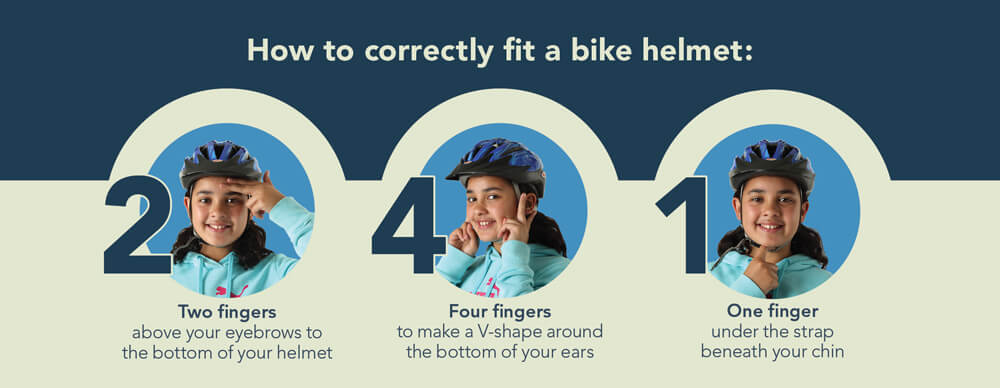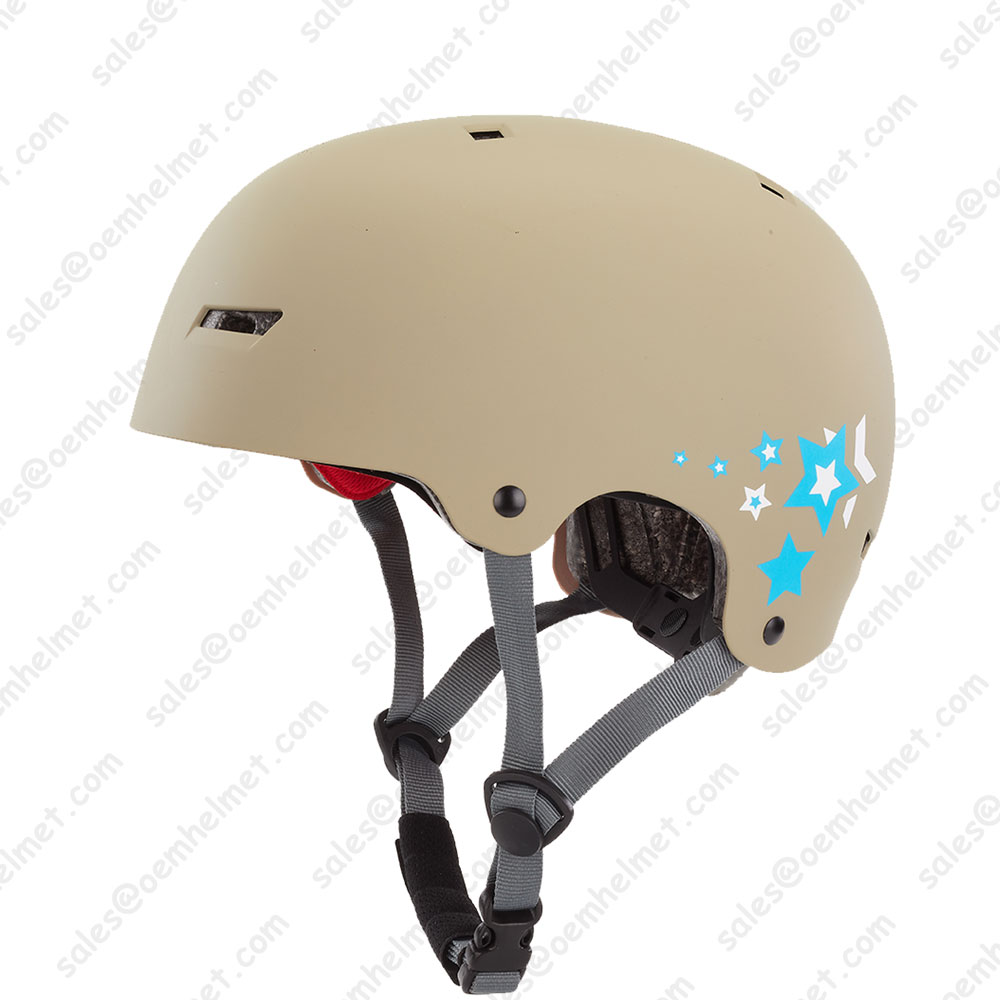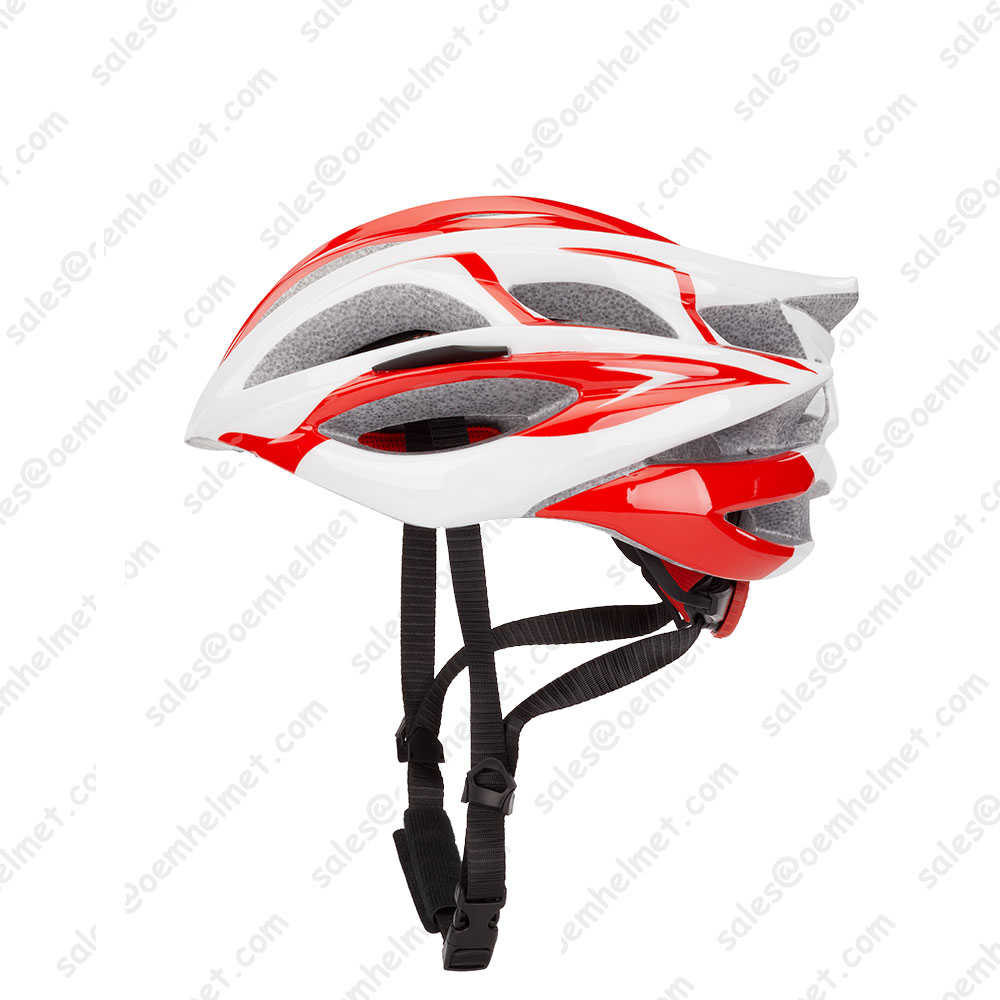How to Fit a Bicycle Helmet
1. Adjust the fit pads or ring
Many helmets use a fitting ring rather than side pads for adjustment. With these one-size-fits-all models you begin by adjusting the size of the ring. Some of them may require the ring so tight for real stability on your head that they feel binding, but loosening the ring can produce a sloppy fit, indicating that the helmet is not for you.
Helmets that fit with pads come with at least one set of foam fitting pads, and if you got a second set of thicker pads it can be used to customize the shape. For starters, you can often remove the top pad entirely or use the thinnest ones. This lowers the helmet on the head, bringing its protection down further on the sides. It may reduce the flow of cooling air slightly, but probably not enough to notice.
Adjust the side fit pads by using thicker pads if your head is narrow and there is a space, or add thicker pads in the back for shorter heads. You may also move pads around, particularly on the "corners" in the front and rear. Leaving some gaps will improve air flow. The pads should touch your head evenly all the way around, without making the fit too tight. The pads may compress slightly over time, but not much, so do not count on that to loosen the fit. The helmet should sit level on the head, with the front just above the eyebrows, or if the rider uses glasses, just above the frame of the glasses. If you walk into a wall, the helmet should hit before your nose does!

2. Adjust the straps
Now put the helmet on and fasten the buckle. Be sure the front is in front! You want to adjust it to the "Eye-Ear-Mouth" test developed by the Bicycle Coalition of Maine:
When you look upward the front rim should be barely visible to your eye
The Y of the side straps should meet just below your ear
The chin strap should be snug against the chin so that when you open your mouth very wide you feel the helmet pull down a little bit.
With the helmet in position on your head, adjust the length of the rear straps, then the length of the front straps, to locate the Y fitting where the straps come together just under your ear. That may involve sliding the straps across the top of the helmet to get the length even on both sides. Then adjust the length of the chin strap so it is comfortably snug. If it cuts into the chin and is not comfortable, it is too tight. Now pay attention to the rear stabilizer if the helmet has one. It can keep the helmet from jiggling in normal use and make it feel more stable, but only a well-adjusted strap can keep it on in a crash.
When you think the straps are about right, shake your head around violently. Then put your palm under the front edge and push up and back. Can you move the helmet more than an inch or so from level, exposing your bare forehead? Then you need to tighten the strap in front of your ear, and perhaps loosen the rear strap behind your ear. Again, the two straps should meet just below your ear. Now reach back and grab the back edge. Pull up. Can you move the helmet more than an inch? If so, tighten the rear strap.
For a final check, look in a mirror or look at the wearer whose helmet you are fitting. Move the helmet side to side and front to back, watching the skin around the eyebrows. It should move slightly with the helmet. If it does not, the fit pads are probably too thin in front or back.
When you are done, your helmet should be level, feel solid on your head and be comfortable. It should not bump on your glasses (if it does, tighten the nape strap). It should pass the eye-ear-mouth test. You should forget you are wearing it most of the time, just like a seat belt or a good pair of shoes. If it still does not fit that way, keep working with the straps and pads, or try another helmet.
Note: with a helmet that fits this well on a child, you must be sure the child removes the helmet before climbing trees and playing on playground equipment. Otherwise there is a risk of catching the helmet and being strangled! That doesn't happen in normal bike riding, even in crashes, but it can happen while climbing trees or monkey bars. Here is a page with details on that problem.
Finally, you want the straps to stay adjusted. Some helmets--even expensive ones--do not have locking pieces on the side where the straps come together under your ear. If you can move the side buckle with your hand, it will migrate in use. We call that "strap creep," and it is a major problem. If your helmet has non-locking side pieces, that means you have to either put on a rubber band and snug it up under the side buckle, or you will need to sew the straps when you have the fit just right. If you use heavy thread you only need five or six stiches to hold it. It's an extra chore, but worth it. We have a page on strap creep if you need more details.
You're Done!
We hope it worked for you. Let us know how we can improve these instructions.
Source: https://helmets.org/fit.htm
Source: https://helmets.org/fit.htm







